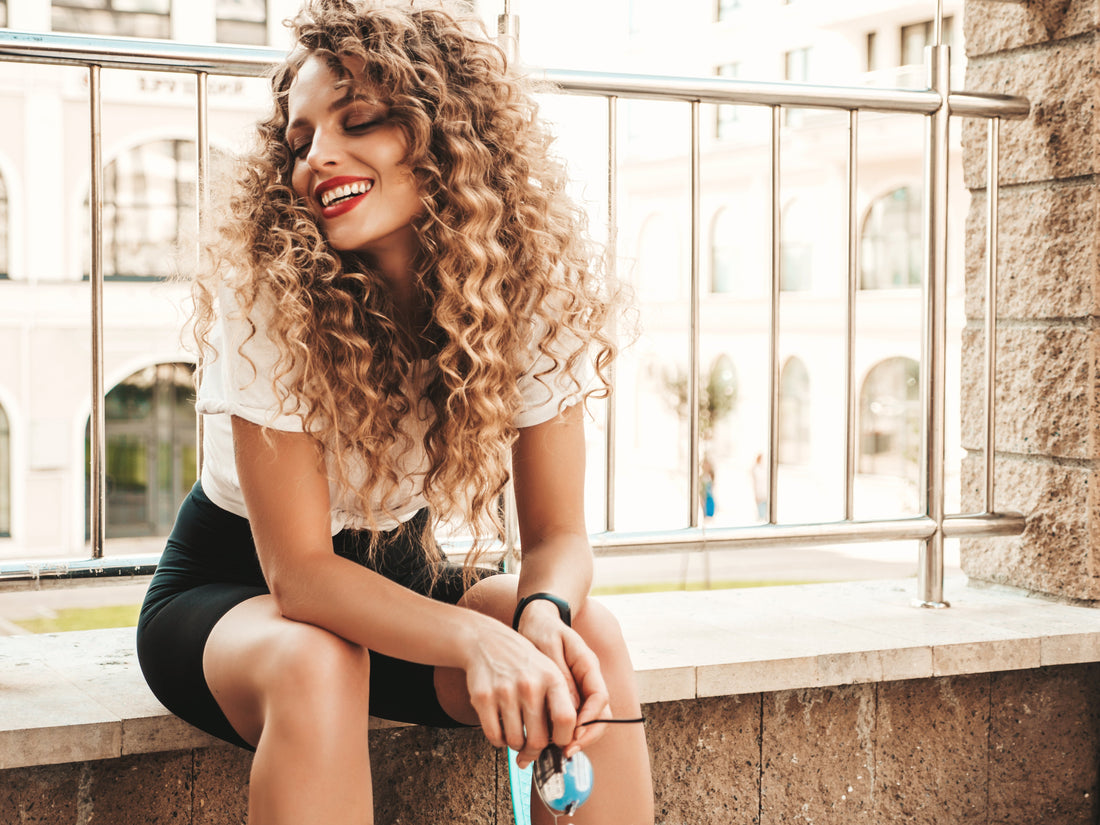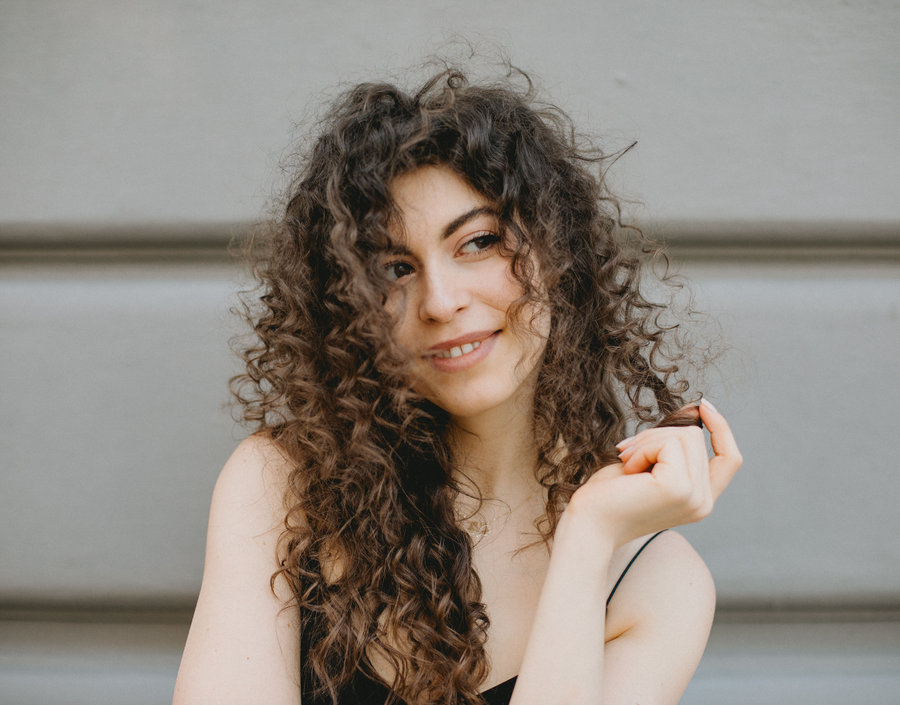
Share
Hair butter has gained attention as a nourishing product for dry, damaged, or naturally curly hair. But one common question many ask is: Can I leave hair butter in my hair? The short answer is yes, but it depends on how you use it, your hair type, and the ingredients in the product.
This article explores the safe ways to use hair butter, who can benefit from it, and what you should know before making it part of your routine.
What Is Hair Butter?
Hair butter is a thick, creamy moisturizer made from natural butters such as shea butter, mango butter, or cocoa butter, often blended with nourishing oils like coconut, avocado, or castor oil. It is typically used to:
-
Lock in moisture
-
Improve hair elasticity
-
Add softness and shine
-
Reduce frizz
-
Seal split ends
The richness of hair butter makes it ideal for coarse, curly, or textured hair that tends to be drier and more prone to breakage.
Can I Leave Hair Butter in My Hair Overnight or All Day?
Yes, But Consider the Following Factors
You can leave hair butter in your hair for extended periods—including overnight or throughout the day—as long as it's applied correctly and in appropriate amounts.
Leaving it in your hair offers deep moisturization and helps seal in hydration. However, overuse or applying it to the wrong hair type can lead to build-up, greasiness, or even scalp irritation.
Let’s look into the factors that influence how well hair butter works when left in the hair:

1. Your Hair Type Matters
Curly and Coily Hair
Hair butter is generally well-suited for type 3 and type 4 hair textures. These hair types are more prone to dryness and benefit from heavier moisture sealants. Leaving hair butter in can improve softness, define curls, and reduce breakage.
Wavy Hair
Wavy hair (type 2) can use hair butter occasionally, but in small amounts. Overuse may weigh down the hair or make it appear greasy.
Straight and Fine Hair
If your hair is straight or very fine, hair butter can be too heavy. Leaving it in may cause limpness or scalp residue. In such cases, use it only on the ends or as a pre-wash treatment.
2. How to Apply Hair Butter for Leave-In Use
If you decide to leave hair butter in your hair, proper application is key to avoiding product build-up or greasy strands.
Step-by-Step Guide:
Step 1: Start with Damp Hair
Hair butter spreads more evenly on damp hair. Lightly mist your hair with water or apply it after washing and towel-drying.
Step 2: Use a Small Amount
A pea-sized amount for short hair or a dime-to-quarter-sized amount for longer hair is usually enough. You can always add more if needed.
Step 3: Focus on the Ends
Apply from mid-length to ends. These areas are typically the driest. Avoid the scalp unless it’s extremely dry or flaky.
Step 4: Style as Usual
You can braid, twist, or simply let your hair air-dry after applying hair butter. For overnight use, you may cover your hair with a satin or silk bonnet.
3. Leave-In vs. Rinse-Out: When to Wash It Out
Hair butter is often used as a leave-in product, but there are times when it’s better to wash it out:
Leave It In If:
-
Your hair feels dry and brittle
-
You want long-lasting moisture
-
You’re protective styling (e.g., braids, twists)
-
You have coarse or thick hair that absorbs products well
Rinse It Out If:
-
Your hair feels weighed down
-
You have a naturally oily scalp
-
You're using styling products that don’t mix well with oils or butters
-
You’ve applied it multiple days in a row
In such cases, use a gentle shampoo to cleanse your scalp and strands.
4. Benefits of Leaving Hair Butter in Your Hair
Intense Moisture Retention
Hair butter forms a barrier that helps trap moisture, which is essential for preventing dryness, especially in colder or drier climates.
Frizz Control
Leaving it in helps smooth the hair cuticle, reducing frizz and flyaways for a more polished appearance.
Enhanced Curl Definition
For naturally curly hair, leaving in hair butter can help define curls without the need for gels or styling creams.
Split-End Protection
When applied to the ends, hair butter can prevent split ends and reduce breakage by adding a protective layer.
5. Precautions and Potential Drawbacks
While leaving hair butter in your hair can be beneficial, improper use may lead to:
Product Build-Up
Too much hair butter can cause buildup, especially on low-porosity hair that doesn’t absorb products easily.
Scalp Irritation
Using hair butter on the scalp—especially fragranced or synthetic versions—can clog pores or cause itching.
Greasiness or Limp Hair
This is especially true for fine, thin, or straight hair. Use sparingly and avoid the roots.
6. How Often Should You Use Hair Butter?
Your usage frequency depends on your hair’s needs. Here's a general guideline:
-
Dry, Coarse Hair: 2–3 times per week as a leave-in
-
Normal Hair: Once a week or as needed
-
Fine or Oily Hair: Use sparingly, preferably as a rinse-out treatment
Remember to balance your routine with occasional clarifying shampoos to prevent buildup.
7. Natural Alternatives to Hair Butter
If you're unsure whether to leave hair butter in your hair regularly, consider lighter options:
-
Leave-In Conditioners: These are often water-based and less greasy.
-
Lightweight Oils: Argan or jojoba oil are lighter than shea or cocoa butter.
-
Aloe Vera Gel: A water-based hydrator that won’t weigh your hair down.
8. DIY Hair Butter: What to Know Before Making Your Own
Some prefer to make their own hair butter to control ingredients and avoid preservatives. Typical DIY recipes include:
-
Shea butter or mango butter
-
Coconut oil, avocado oil, or olive oil
-
Essential oils for fragrance (optional)
If you leave DIY butter in your hair, ensure all ingredients are skin-safe and avoid allergenic essential oils. Also, perform a patch test before full use.
9. Signs You're Using Too Much Hair Butter
It’s easy to go overboard. Watch out for:
-
Hair feels sticky or tacky
-
Strands appear dull rather than shiny
-
Scalp feels greasy after a day or two
-
Hair takes longer to dry after washing
In these cases, scale back and consider using it as a weekly deep treatment instead.
Conclusion
So, can you leave hair butter in your hair Absolutely especially if you have dry, curly, or textured hair that needs extra moisture. But success depends on how you apply it, your hair type, and how often you use it. Used the right way, hair butter can be a nourishing addition to your hair care routine.
Keep your application light, monitor your hair’s response, and always wash periodically to avoid buildup. By tailoring your routine, you’ll enjoy the full benefits of this natural moisturizer without the drawbacks.
